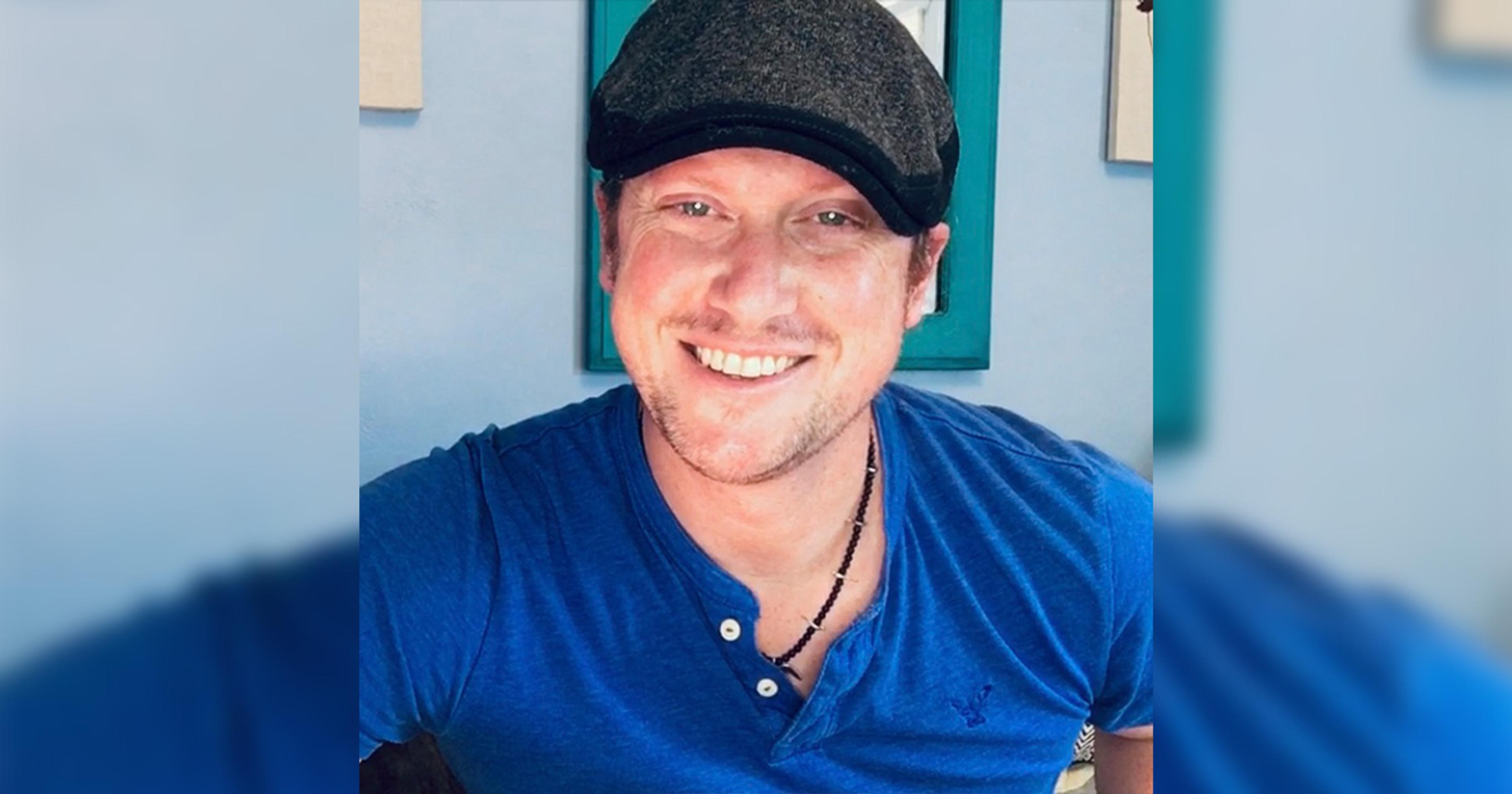Muskegon Man Finds 'Purpose’ as Suicide Prevention Facilitator Following Suicide Attempt
Jake Newby
| 6 min read

It’s rare to find a professional suicide prevention advocate who doesn’t have some sort of personal connection to suicide themselves. As someone who was often consumed by social anxiety as a teenager and young adult, Scott Teichmer never thought public speaking would be such an integral part of his profession. He never thought suicide prevention counselor would even be his profession. But suicide, for better or worse, is a part of his identity.
Speaking out against such a highly stigmatized topic has made it relatively easy for Teichmer to break out of his shell. Especially because he’s not only helping others by telling his story – he’s helping himself.
“I’ve told my story so many times, for the most part I have 0% shame about any of it,” Teichmer said. “In the past when I look back, when I was struggling, one of the reasons I wouldn’t ask for help would be because of shame. I didn’t want that judgment, I didn’t want that stigma, I didn’t want that label. And now that it’s not this shameful secret, I feel like I could ask for help from almost anybody. Erasing that shame is so key.”
When Teichmer was 24 years old in 2005, he tried to take his own life.
“There was a deputy sheriff that got notified that there was something concerning, that somebody saw something,” said Teichmer, a Muskegon resident. “And he looked and looked and found me. He saved me, I was rescued. I’m really only here by the graces of those individuals.”
Teichmer, now 42, had struggled with suicidal thoughts since he was a freshman in high school.
“One of the frustrating things looking back – and this is looking back to the 1990s – I was receiving mental health treatment, I was in therapy, I was on psychotropic medications, but while experiencing those thoughts of suicide, I wasn’t telling anybody about it and nobody was really asking.”
As he moved through high school and on to college, Teichmer wrestled with depression. That’s also when his social anxiety became severe.
“I was involved in different things (in school), but the anxiety was always there,” he explained. “In addition to that, there were always these underlying beliefs about who I was as a person, how the world worked and where I fit into the world. I’d call them cognitive distortions now, but I just had a belief that I was a bad person. That I didn’t deserve to be here, didn’t deserve to be among people.”
The cancer diagnosis and eventual death of Teichmer’s father – as well as his first foray into dating and the heartbreak sometimes associated with that – led to a decline in Teichmer’s mental health as a college student at Central Michigan University. He started to withdraw from school, so much so that he would avoid enrolling in entire semesters as he aged into his mid-20s. After his suicide attempt, he was hospitalized. Teichmer said the healing process started when he was discharged.
“I eventually got a degree in psychology, which I only pursued because I had taken so many psychology classes that it was the quickest way for me to graduate,” he said. “I moved to Idaho to get to know some of my dad’s family, my uncles, my family out there. And there was a children’s home there. And with my background in psychology, I got a job there. They seemed to value the fact I had that degree. And I started working with youth with severe mental illness, developmental disabilities, with a variety of difficulties … it gave me that first touch of, ‘here’s a job with purpose.’ It gave me that sense of reward.”
Since returning to Michigan close to 10 years ago, Teichmer has worked with multiple mental and behavioral health organizations. He’s currently a Suicide Prevention Facilitator at Summit Pointe in Battle Creek. The position he’s held with those organizations have helped him find the sense of belonging that had eluded him his entire life. This in turn led to the gradual softening of his social anxiety.
“In addition to learning those skills and having a job that gave me purpose, I started getting involved in a lot of different social aspects in my community,” Teichmer went on. “I would go out to these different community events and initiatives, and I would see some of the same people there, I’d see them at another venue. They’d seemed OK with me here, we got along there, and I developed a sense of belonging. So, that was another crucial step for me.”
How to help spread suicide prevention awareness
If you’ve ever wanted to help spread suicide prevention awareness but you don’t know where to start, Teichmer’s message over the years has remained the same: Get trained. One way to get trained is via the Question, Persuade and Refer (QPR) method. Here’s how Teichmer – a QPR master trainer and instructor – broke down the meaning behind the acronym.
Question: “The most important thing is, we need to ask the question and ask the question directly. Are you thinking of suicide, are you thinking of killing yourself?’ And we can’t be afraid to say those words,” Teichmer said. “We need to communicate to the person that, ‘Hey, if that’s what you’re going through, I want to know, I want to be here for you.’ Because a lot of times we’ll ask indirectly or in euphemistic ways. It’s kind of like, when we ask in these indirect ways, it gives off this subtle cue that says, ‘I’m kind of uncomfortable here talking about it, so just tell me you’re fine so we can go our separate ways.’ So, asking questions directly.”
Persuade: “And then persuading the person to want to accept your help. One of the myths of suicide is that once someone has that decision made, there’s nothing we can do. And I would say that’s the farthest thing from the truth,” he said. “We cannot interview suicide decedents, but we can interview the next closest proxy, people who have survived suicide attempts. And the pattern we hear over and over is that, for most people facing a suicide crisis there is ambivalence. There may be that desire to die, but there is that desire to live simultaneously. So, the idea that there is nothing you can do is the farthest thing from the truth.”
Refer: “Referring them to competent treatment and support sources. Mental health treatment might look different in different communities, but if somebody is thinking of suicide, we need to take that as a serious potential crisis, and we need to get them connected to professional support,” he said, before comparing QPR to CPR.
“QPR that acronym was chosen specifically to parallel the acronym CPR. Everyone knows what CPR is, you’re taught to recognize the warning signs of cardiac crisis and you learn the exact steps you need to take. When someone’s applying bystander CPR, that is life-saving support. When we apply QPR, that is life-saving support. But when somebody’s providing CPR, there is also somebody that is probably calling 9-1-1 and medical professionals are going to come in and help save the life. I think suicide crises should be looked at no differently. We can provide that life-saving support when we ask that question directly, when we really listen to that person, but ultimately, we still need to get them connected to life-saving support.”
Call or text the 988 Suicide & Crisis Lifeline for support anytime 24/7 if you or someone you know may be experiencing thoughts of suicide.
Photo credit: Scott Teichmer
Related to Suicide Prevention Month:





